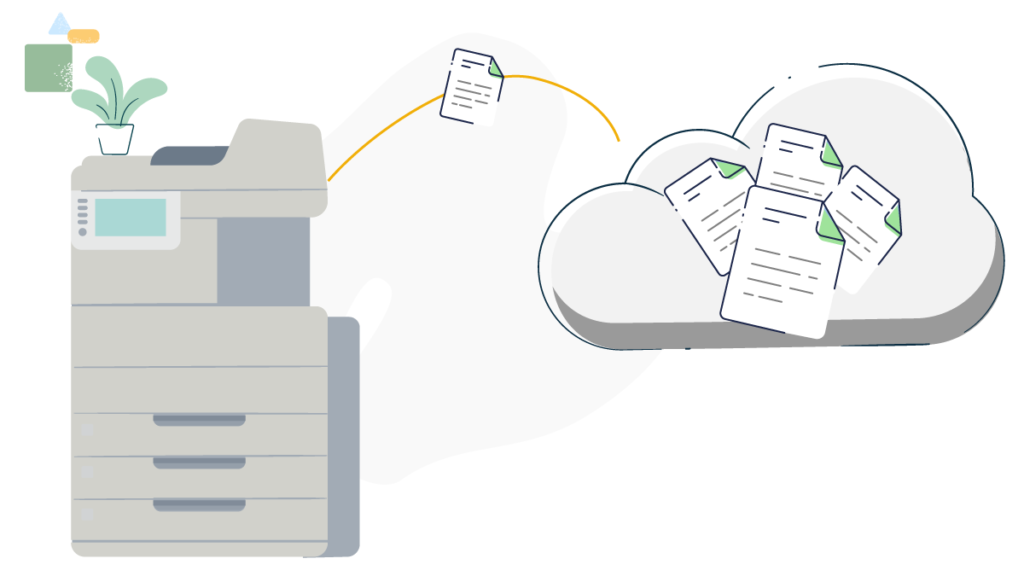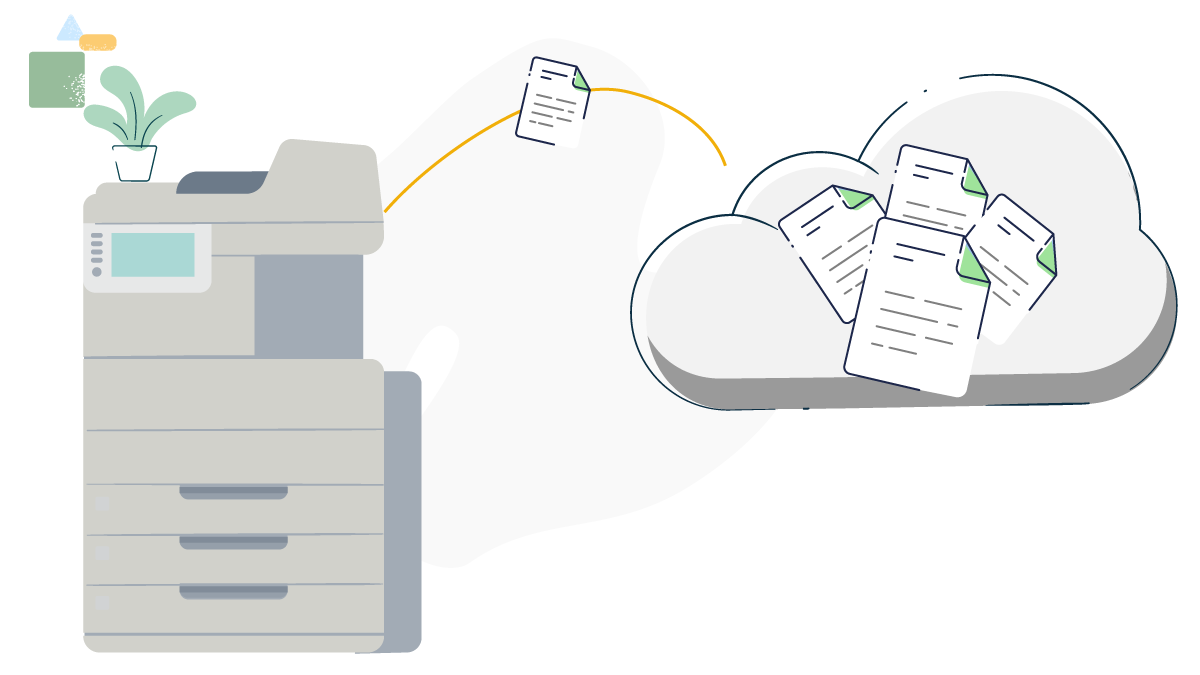PaperCut: even more important without the… paper?!

Print management applications have been a staple of Managed Print and IT services for a while now, and applications such as PaperCut are an almost default inclusion in any managed print project. PaperCut affords users and organisations a true understanding of print usage, costs, data ownership and business analytics in a central, user-friendly location. The core security element of Managed Print is knowing what documents were produced where and by which user is such a recognised feature that it’s almost forgotten.
These features answered document security issues, cost control through efficiency, and the reduction of document replication. This facilitated business intelligence that allowed organisations to understand where processes were being generated, all leading to greater and greater efficiencies for print users and suppliers alike.
Then there wasn’t the paper anymore…
The sudden seismic shift to remote working has made paper processing increasingly tricky. Now, simply managing print isn’t the answer; the printers in use aren’t in shared spaces anymore but on the desks by the user (if they have a printer at all) at home. The machines’ new private nature means basic tracking will do but often isn’t considered a reasonable ROI against the reduced volume, as volumes are reduced because paper pages really aren’t that easy to share. Advanced print release from an embedded client is often a pipe dream due to the flavour of hardware and required infrastructure… All in all, things look a little bleak for print management.
However… in the great circle of life, history is repeating itself and this shift of working practices has literally turned back time.
Before PaperCut was a default requirement, there were problems to solve; the issues of document security, cost control, efficiency and analytics. If you turn the clock back far enough, customers didn’t even know these were problems. As with all product sales, the customers often didn’t recognise the problems until the sales teams had a product to answer them, and answer we did! Solving the issue of unsecured document distribution, curbing the costs of document production and filing, shining spotlights on inefficiencies, reporting and analytics issues – we explained the problems and supplied the solution.
Here we are again: the new normal, the old problems. Print may be reduced or changed, but the issues are eerily familiar:
- Documents being shared without any audit trail or duplicated with potentially horrible implications.
- Inefficient filing of documents through unstructured processing, costing time and risking potentially legal ramifications.
- A lack of business oversight impeding an organisation’s ability to improve or allocate costs and responsibilities effectively.
We had all of the problems with paper and without paper, only this time we also have GDPR and remote working. This causes another bigger risk factor because as costly and dangerous though paper pages could be, digital ones offer a much bigger, faster prospect for mistakes and abuse.
If it ain’t broke, don’t fix it!
Have you heard that phrase ‘if it ain’t broke, don’t fix it’? PaperCut is accepted in the market as an almost default solution to these problems. It’s recognised by users as a requirement in the war against document-related pain. If you simply de-focus it from the paper and re-focus on the document, things take an interesting turn regardless of the format.
By enabling PaperCut to interact with document workflow tools suddenly we can implement rules around the output of digital documents and offer business intelligence on their use. We can implement efficiencies by removing the unstructured nature of user tasks and even allocate costs to different processes to reflect the running costs of an organisation. It even becomes possible to designate costs at a client-level for the accurate processing of documents, just as we did when the yardstick of process completion was printing a page.
Selectec have created components the connect PaperCut to document and data workflow tools from Square 9. Now the problems that businesses have (but probably aren’t thinking about!) can be answered by simply bolting on to the existing PaperCut tools they already rely on.
Want to ensure that invoice gets out of email into a correct location with a correct file name? Want to ensure that HR records are filed correctly and to know who managed the information? Want to report on the number of orders processed or picked in a warehouse without investing in an entirely new BI System? Your customers already have the tools, and it’s already a core part of their infrastructure.
As a reseller or Service Provider, these components offer new product sales options, often with enhanced margins and customers will positively engage in the feeling they are maximising existing investments. Enhanced margins enable hardware leases to be leveraged to deliver strong, ‘new normal’ solutions in line with old hardware margins, while saving end-users the money that everyone is looking to save.
Further still, the tracking of workflows, the provision of audit data and process control can be easily compared to the old, uncontrolled, unsecured processes offering a solid justification for page-based billing that our support businesses are so dependent on. Better still, these annuity models can run on reduced costs knowing that the support is primarily remote-based, requires little or no stock holding and can scale much more efficiently than hardware engineering.
As the new-normal-train begins to roll out of the station, if you’re looking for permanent solutions to its new (yet weirdly old) problems, the solutions are already there. The customer is already familiar, trusting of it and used to paying for it. The future of print management is bright; it just doesn’t involve paper.


